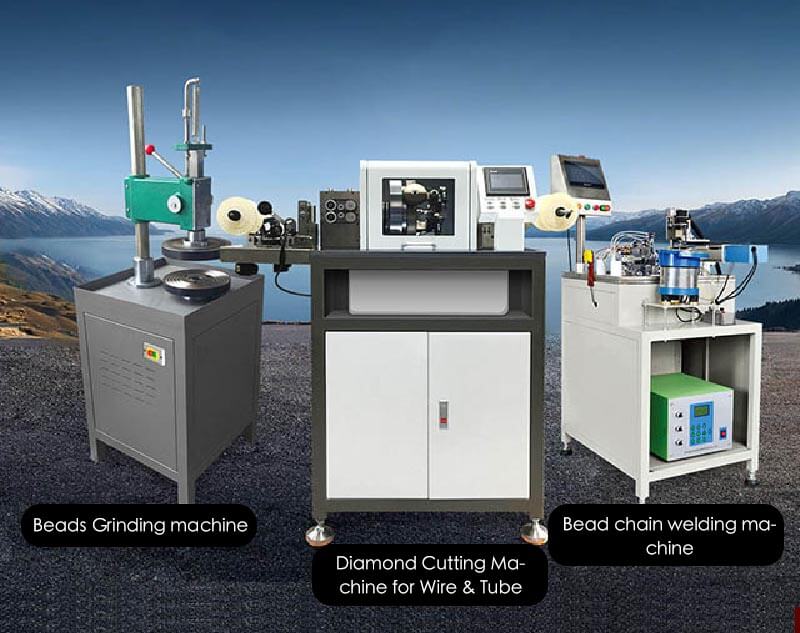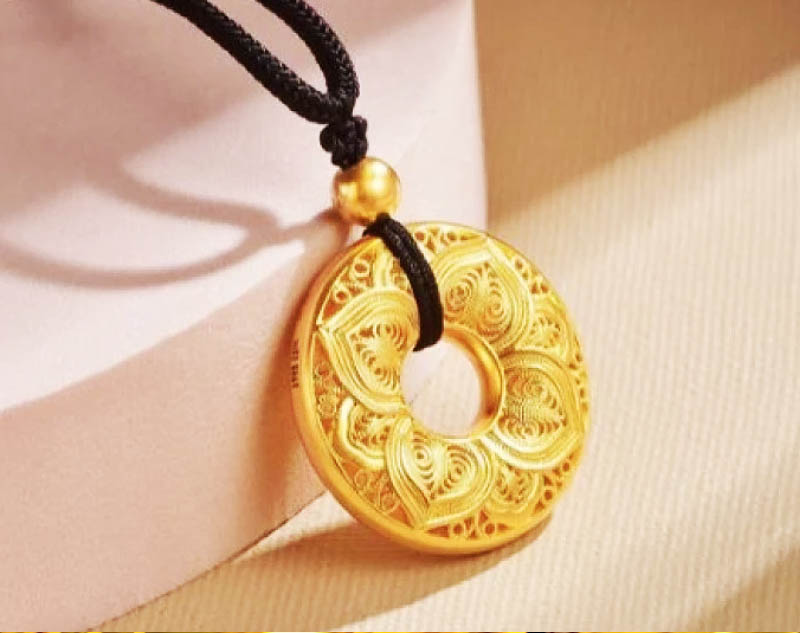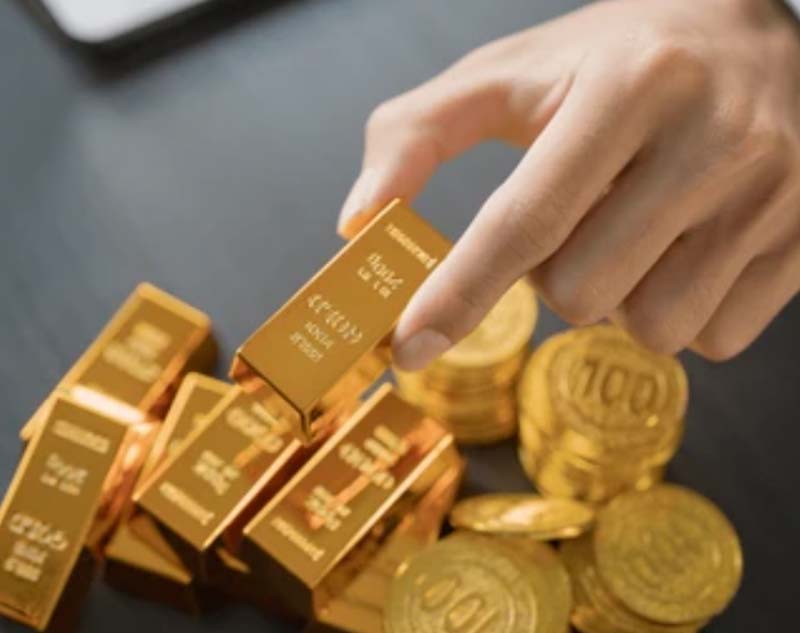The Reasons Behind the Rise of Precious Metal Prices During Wartime
Throughout human history, war has been one of the most powerful forces shaping global economies. From the ancient empires to the modern world, armed conflicts have triggered profound shifts in trade, production, and financial systems. One consistent pattern that has persisted across centuries is the rise in precious metal prices—particularly gold, silver, platinum, and palladium—during times of war or geopolitical turmoil.
While this phenomenon is often attributed to “investor fear” or “safe-haven demand,” the reality is far more complex. The surge in precious metal prices during wartime stems from a combination of macroeconomic instability, supply disruptions, monetary policy reactions, and psychological factors that collectively transform how markets value tangible assets.
This article explores the multifaceted reasons behind the rise in precious metal prices during wartime, analyzing both historical evidence and modern market dynamics.
1. Safe-Haven Demand: The Core Driver
When war breaks out, uncertainty becomes the dominant theme in global markets. Investors, corporations, and even governments seek safety from potential losses in equities, currencies, and debt instruments. Precious metals—particularly gold—are universally recognized as safe-haven assets that preserve value when paper currencies or financial systems become unstable.
1.1. Loss of Confidence in Fiat Currency
During war, government spending surges as nations finance military operations. This often leads to massive fiscal deficits and money supply expansion, which can trigger inflation or even hyperinflation. As the purchasing power of fiat currencies erodes, investors turn to tangible stores of value like gold and silver to hedge against currency debasement.
Historical example:
During World War I, major economies like Britain, France, and Germany abandoned the gold standard to finance wartime expenditures. The resulting surge in money printing led to inflation, and gold prices rose sharply in real terms.
Similarly, during the Vietnam War, the U.S. experienced severe inflationary pressures that eventually caused President Nixon to end the gold standard in 1971, leading to a decade-long bull market in gold.
1.2. Portfolio Diversification and Wealth Preservation
Institutional investors and central banks often diversify their reserves into precious metals during geopolitical tensions. This move is not driven by short-term profit expectations but by the strategic goal of preserving wealth. In times of war, when stock markets crash and bond yields become volatile, gold and silver act as stabilizers within a diversified portfolio.
2. Inflationary Pressure and Monetary Expansion
Wartime economies are typically characterized by rapidly rising government expenditure, often financed through deficit spending and monetary easing. Central banks may lower interest rates or directly purchase government bonds to support wartime budgets. The result is usually monetary inflation—too much money chasing too few goods.
2.1. Inflation as a Catalyst for Precious Metals
Precious metals, particularly gold, have historically served as a hedge against inflation. When prices of goods and services rise, the real value of paper assets declines, but tangible assets like gold retain or even increase their value. Investors and households respond to inflation fears by purchasing gold coins, bars, or jewelry, which drives prices higher.
2.2. Modern Example: Russia-Ukraine Conflict
The 2022 invasion of Ukraine by Russia triggered not only geopolitical instability but also a surge in commodity and energy prices. Inflation soared across Europe and North America, pushing investors toward inflation-hedging assets. Gold prices climbed to near-record levels of over $2,000 per ounce, reflecting both inflation expectations and safe-haven demand.
3. Disruption of Mining and Supply Chains
War affects not only demand but also the supply side of the precious metals market. Mining operations, transportation networks, and refining facilities can be severely disrupted in conflict zones or sanction-affected regions.
3.1. Mining Operations in Conflict Zones
Many of the world’s most important precious metal producers are located in politically sensitive areas. For instance:
Russia is one of the largest producers of platinum, palladium, and gold.
South Africa dominates the global platinum and rhodium markets.
Latin America and Africa are key regions for silver and gold mining.
When conflicts erupt, production can halt due to infrastructure damage, labor shortages, or international sanctions. The reduction in supply tightens global markets and drives prices upward.
3.2. Sanctions and Trade Restrictions
Economic sanctions imposed during wartime often restrict the export of commodities, including metals. The sanctions on Russian palladium and gold exports after 2022 are a clear example. As Western markets closed off one of the main global suppliers, the supply-demand balance tightened dramatically, pushing prices up even before any actual shortages occurred.
4. Geopolitical Risk Premium
Markets often price in a risk premium for uncertainty. When conflicts threaten trade routes, natural resources, or critical infrastructure, the perceived risk of asset depreciation rises. Investors demand higher returns or shift capital toward safer, more stable assets.
4.1. Precious Metals as Geopolitical Insurance
Unlike fiat currencies or government bonds, gold and silver are not liabilities of any single country. This makes them uniquely appealing during conflicts that involve global powers. For example, during World War II, both Allied and Axis powers hoarded gold as an ultimate means of settling international trade, storing wealth, and financing covert operations.
4.2. The Role of Central Banks
Central banks often increase their gold reserves during geopolitical uncertainty. The trend has accelerated in recent years, with emerging economies like China, India, and Turkey purchasing record quantities of gold to diversify away from the U.S. dollar. This institutional demand adds long-term upward pressure on prices.
5. Currency Depreciation and Exchange Rate Volatility
Wars destabilize currency markets. Countries involved in conflict often experience currency depreciation due to higher fiscal spending, loss of investor confidence, and capital flight. As their currencies weaken, the local price of gold and silver rises, even if global dollar-denominated prices remain stable.
5.1. Flight from Weak Currencies
Investors in war-affected countries often convert their savings into gold as protection against currency collapse. This pattern has repeated throughout history:
Germans during World War II and postwar hyperinflation.
Middle Eastern populations during regional conflicts.
Ukrainians and Russians during the 2022 conflict, when local currencies plunged.
5.2. Dollar Correlation and Global Impact
Even in countries not directly involved in war, global investors respond to dollar fluctuations. Since gold is priced in U.S. dollars, any weakening of the dollar due to wartime monetary expansion or geopolitical uncertainty tends to lift gold prices in global terms.
6. Industrial and Strategic Uses of Precious Metals
While gold and silver are well known as investment assets, other precious metals like platinum, palladium, and rhodium have significant industrial applications—especially in automotive, electronics, and defense industries.
6.1. Increased Military Demand
Wartime production often boosts demand for metals used in defense technologies, electronics, and aerospace manufacturing. Silver, platinum, and palladium are essential for circuit boards, communication devices, weapon guidance systems, and jet engine components. This rise in industrial demand complements the financial demand, exerting additional upward pressure on prices.
6.2. Supply Chain Nationalization
Countries may restrict the export of critical metals during wartime to secure domestic industrial supply. These restrictions reduce international availability, driving up global prices even further.
7. Psychological and Behavioral Factors
Financial markets are not purely rational. During crises, human psychology plays a critical role in amplifying market movements.
7.1. Herd Behavior and Fear
When news of war spreads, investors tend to overreact, following the crowd in purchasing “safe” assets. Even those who do not fully understand the fundamentals may buy gold simply because “everyone else is doing it.” This herd behavior can create short-term speculative bubbles in precious metals.
7.2. Media Amplification and Sentiment
Media coverage of war, inflation, and currency crises further fuels public anxiety. Reports predicting “economic collapse” or “global instability” lead individuals and institutions alike to accumulate physical gold or ETFs backed by gold, accelerating price growth.
8. Historical Patterns and Data Evidence
A review of major 20th- and 21st-century wars reveals a consistent pattern of precious metal price surges:
| Conflict | Time Period | Gold Price Reaction | Notes |
|---|---|---|---|
| World War I | 1914–1918 | Gold demand surged as currencies left gold standard | Inflation, loss of currency trust |
| World War II | 1939–1945 | Gold hoarded by central banks and private citizens | War financing through gold reserves |
| Korean & Vietnam Wars | 1950s–1970s | Gold rose sharply post-1971 | Inflation and dollar weakness |
| Gulf War (1990–1991) | 1990s | Moderate rise | Short-term geopolitical tension |
| Iraq War (2003) | 2000s | Gold crossed $400, continued to climb | U.S. dollar weakening |
| Russia–Ukraine Conflict | 2022–present | Gold near $2,000/oz | Global inflation, sanctions, currency risk |
These trends demonstrate that while the scale and timing of increases vary, the direction is consistently upward during or immediately after major conflicts.
9. The Role of Modern Financial Instruments
Today, precious metal markets are influenced not only by physical supply and demand but also by financial derivatives, exchange-traded funds (ETFs), and futures markets. During wartime, speculative trading activity tends to increase dramatically.
9.1. Futures and Options Market Reactions
Investors hedge geopolitical risk by purchasing gold futures or call options, anticipating price rises. This speculative positioning can amplify volatility and accelerate short-term price surges even before physical demand rises.
9.2. ETFs and Accessibility of Gold Investment
With the advent of ETFs like SPDR Gold Shares (GLD), retail and institutional investors can easily gain exposure to gold. In times of war, inflows into these funds spike, leading to additional physical demand as the ETFs must hold real gold to back their shares.
10. The Long-Term Perspective: After the War Ends
Interestingly, while wartime often triggers immediate price surges, the post-war period can produce mixed results depending on economic recovery and monetary policy.
10.1. Short-Term Peaks and Corrections
When wars end and stability returns, investor confidence in financial systems gradually recovers. Inflation may subside, and interest rates may rise, reducing gold’s appeal. As a result, gold prices can experience corrections. However, long-term structural changes—such as debt accumulation and reserve diversification—often keep prices higher than pre-war levels.
10.2. Long-Term Legacy of Wartime Economics
Wars leave behind debt, inflationary expectations, and distrust in fiat systems—all of which support a structurally higher baseline for precious metal prices in the decades that follow. For example, gold never returned to pre-1970s levels after the Vietnam War and remains a critical global reserve asset today.
Conclusion
The rise in precious metal prices during wartime is not the result of a single factor but a complex interplay of economic, financial, and psychological forces. From inflation and currency devaluation to supply disruptions and safe-haven demand, every stage of conflict reinforces the fundamental appeal of precious metals as reliable stores of value.
In a world where political tensions and regional conflicts remain constant features of the global landscape, the allure of gold, silver, and other precious metals continues to endure. As long as uncertainty exists—whether from war, inflation, or economic instability—precious metals will remain the ultimate hedge against the unknown.






